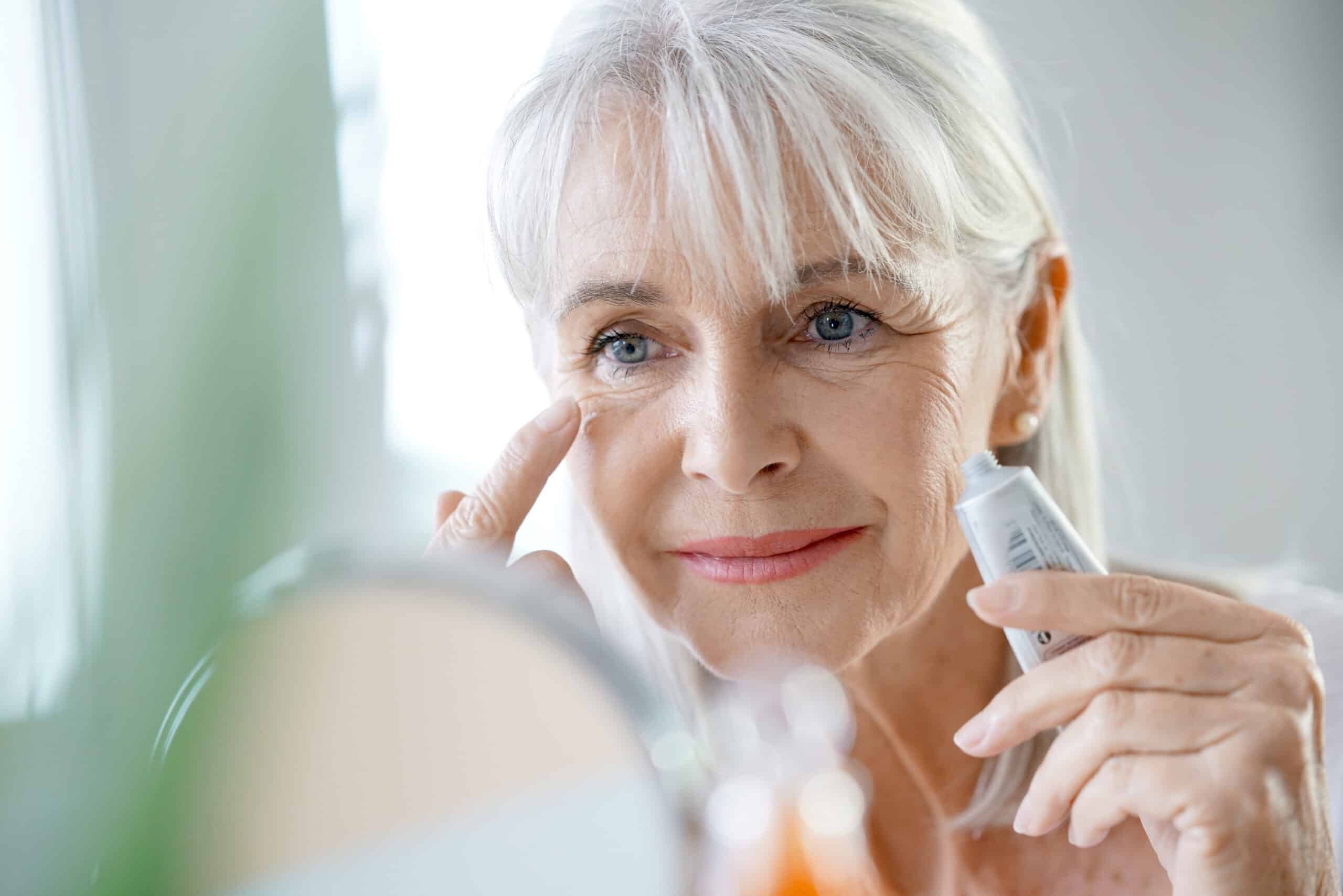Combining CMI’s sophisticated data analysis abilities with L’Oréal’s knowledge and expertise in skin health assessment, the study comprehensively examined data collected during 13 studies that L’Oréal had carried out in the past, consisting of 16S rRNA amplicon sequence data and corresponding skin clinical data for over 650 female participants, aged 18 — 70. While each of the studies included in the analysis had focused on one particular area of interest — for example, crow’s feet wrinkles or moisture loss — this multi-study analysis collated the data to search for trends related to specific microbes while accounting for other variables, such as age.
“Previous studies have shown that the types of microbes on our skin change fairly predictably with age,” said corresponding author Se Jin Song, the CMI Director of Research. “Our skin also changes physiologically with age; for example, we gain wrinkles and our skin gets drier. But there is variation in what this looks like in people — you’ve probably noticed that there are some people who have younger or older looking skin than many others their age. Using advanced statistical methods, we were able to tease apart the microbes that are associated with these types of aging signs for skin, like crow’s feet wrinkles, from those that are associated with simply age as a chronological number.”
Two notable trends emerged from the analysis. First, the team found a positive association between skin microbiome diversity and lateral cantonal lines (crow’s feet wrinkles), which are generally viewed as one of the key signs of skin aging. Second, they observed a negative correlation between microbiome diversity and transepidermal water loss, which is the amount of moisture that evaporates through the skin. In further exploring the trends, the researchers identified several potential biomarkers that warrant investigation as microorganisms of interest. It would be premature to infer causation or actionable insights, but the study’s results have provided researchers with directions on the next steps to hone in on better understanding microbial associations with skin aging.
“At L’Oréal, our commitment is to create beauty products that meet the unique needs of each individual. Our recent collaboration with the Center for Microbiome Innovation has shed light on the role of the skin microbiome in aging, particularly in how it affects wrinkles and overall skin quality,” said co-author Qian Zheng, Head of Advanced Research, North America at L’Oréal. “This research is groundbreaking in identifying new microbial biomarkers linked to visible signs of aging like crow’s feet wrinkles. It marks a significant step towards developing technologies for healthier, more youthful skin. We look forward to sharing new results as they become available, furthering the scientific community’s understanding and contributing to advancing new skincare solutions.”
Future paths of investigation the team has suggested include metabolomics work to discover chemical biomarkers related to skin aging, as well as meta-transcriptomics research into potential targets for genetic engineering. Research into other layers of the skin has also been considered, as many studies focus on the outer skin due to the ease of sample collection.
“While the study’s findings represent an advance of our knowledge of the skin microbiome, we view them as just the beginning of a new phase of research,” said co-author Rob Knight, the CMI Faculty Director and Professor of Pediatrics, Bioengineering, Computer Science & Engineering and Data Science at UC San Diego. “By confirming a link between the microbiome and skin health, we’ve laid the groundwork for further studies that discover specific microbiome biomarkers related to skin aging, and, one day, show how to modify them to generate novel and highly targeted recommendations for skin health.”
Additional co-authors include Tyler Myers, Shi Huang, and Shalisa T. Hansen, all at UC San Diego; and Amina Bouslimani, Cecile Clavaud, Anissa Azouaoui, Alban Ott, Audrey Gueniche, Charbel Bouez, Luc Aguilar, and Magali Moreau, all at L’Oréal Research and Innovation.
The study was funded through a sponsored research agreement between L’Oréal Research and Innovation and the Center for Microbiome Innovation at UC San Diego.
Disclosure: Amina Bouslimani, Cecile Clavaud, Anissa Azouaoui, Alban Ott, Audrey Gueniche, Charbel Bouez, Qian Zheng, Luc Aguilar, and Magali Moreau are all employees of L’Oréal Research and Innovation. The other authors declare no potential conflict of interest.




